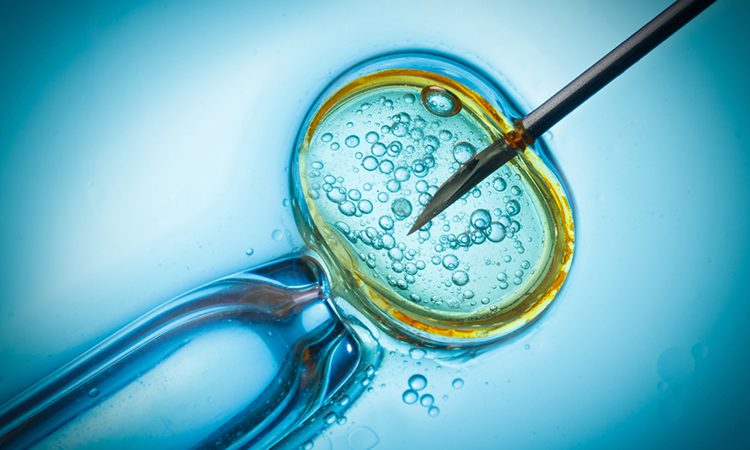Harnessing AI technology for IVF embryo selection
Posted: 20 December 2022 | Izzy Wood (Drug Target Review) | No comments yet
A US study used an AI algorithm to determine chromosomal numbers in IVF embryos.


An artificial intelligence (AI) algorithm can determine, non-invasively, with about 70 percent accuracy, if an in vitro fertilized (IVF) embryo has a normal or abnormal number of chromosomes, according to a new study from researchers at Weill Cornell Medicine, US.
Having an abnormal number of chromosomes, a condition called aneuploidy, is a major reason embryos derived from IVF fail to implant or result in a healthy pregnancy. One of the current methods for detecting aneuploidy involves the biopsy-like sampling and genetic testing of cells from an embryo, but this approach that adds cost to the IVF process and is invasive to the embryo.
The new algorithm: STORK-A, published in Lancet Digital Health, can help predict aneuploidy without the disadvantages of biopsy. It operates by analysing microscopic images of the embryo and incorporates information about maternal age and the IVF clinic’s scoring of the embryo’s appearance.
“Our hope is that we will ultimately be able to predict aneuploidy in a completely non-invasive way, using artificial intelligence and computer vision techniques,” said study senior author Dr Iman Hajirasouliha, associate professor of computational genomics and of physiology and biophysics at Weill Cornell Medicine.
To develop a computational approach to embryo assessment that capitalised on the Embryology Laboratory’s pioneering use of time lapse photography, investigators from the Centre for Reproductive Medicine teamed up with colleagues in the Englander Institute.
In a 2019 study, the teams developed an (AI) algorithm, STORK, that could assess embryo quality about as well as IVF clinic staff. For the new study, they developed STORK-A as a potential replacement for PGT-A—or as a more selective way of deciding which embryos should have PGT-A testing.
The new STORK-A algorithm uses microscope images of embryos taken at five days past fertilization, clinic staff’s scoring of embryo quality, maternal age, and other information that is normally gathered as part of the IVF process.
The AI algorithm automatically “learns” to correlate certain features of the data, often too subtle for the human eye, with the chance of aneuploidy. The team trained STORK-A on a dataset of 10,378 blastocysts for which ploidy status was already known.
From its performance, they assessed the algorithm’s accuracy in predicting aneuploid versus normal-chromosome “euploid” embryos at nearly 70 percent (69.3). In predicting aneuploidy involving more than one chromosome—complex aneuploidy—versus euploidy, STORK-A was 77.6 percent accurate.
The new algorithm represents progress on the way to making IVF embryo selection less risky, less subjective, less costly and more accurate.
“This is another great example of how AI can potentially transform medicine. The algorithm turns tens of thousands of embryo images into AI models that may ultimately be used to help improve IVF efficacy and further democratize access by reducing costs,” said co-author Dr Olivier Elemento, director of the Englander Institute for Precision Medicine and a professor of physiology and biophysics and of computational genomics in computational biomedicine at Weill Cornell Medicine.
“We believe that ultimately by using this technology we can reduce the number of embryos to be biopsied, reduce the costs, and provide a very good tool for consultation with the patient when they need to make decision whether to do PGT-A or not,” said Dr Nikica Zaninovic, associate professor of embryology in clinical obstetrics and gynecology
The team now plans to build on this success with algorithms trained on videos of embryo development.
“By using video classification, we can leverage both temporal and spatial information about the embryo’s development, and hopefully that will allow the detection of trends in development that distinguish aneuploidy from euploidy with even higher accuracy,” the team concluded.
Related topics
Artificial Intelligence, in vitro fertilisation (IVF), Targets
Related organisations
Centre for Reproductive Medicine, Englander Institute, Weill Cornell Medicine
Related people
Dr Iman Hajirasouliha, Dr Nikica Zaninovic, Dr Olivier Elemento








